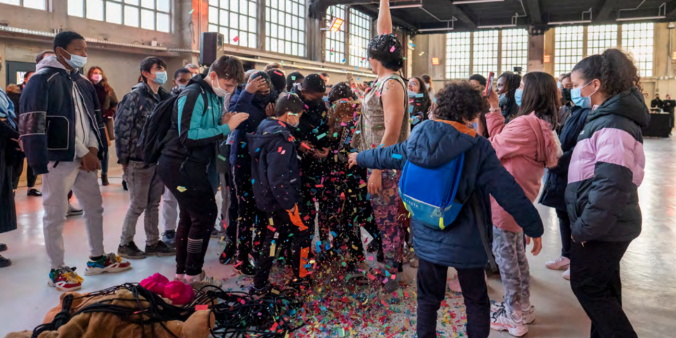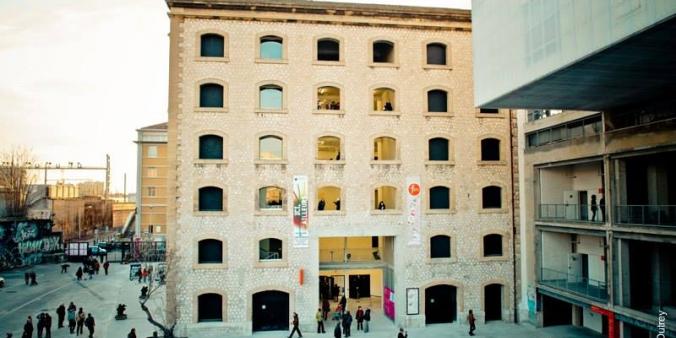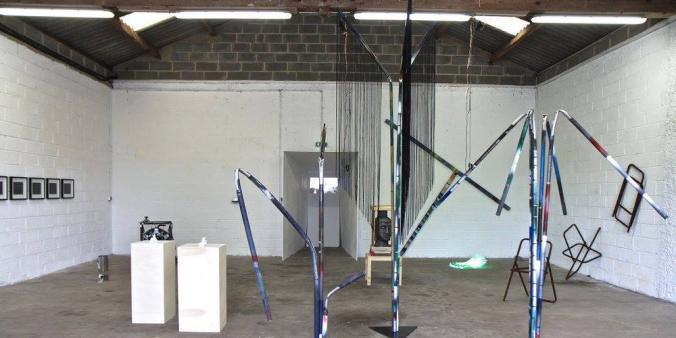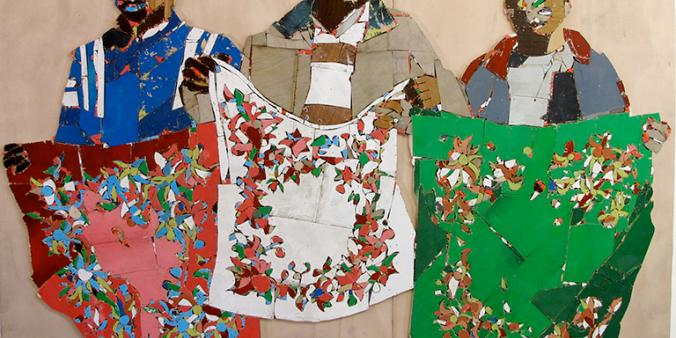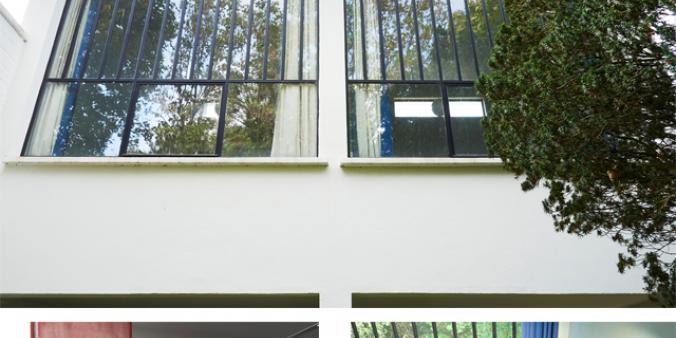
An insider’s view on artist residencies in France
TransArtists spoke with Nanda Janssen, Counsellor of visual arts at the Dutch Embassy in Paris, about artist residencies in France. Together with her, we are updating the French part of our residency database. Later this year, at a public meeting for artists, curators and researchers, we will present the updated database and exchange information about residency opportunities in France. Stay tuned for more!
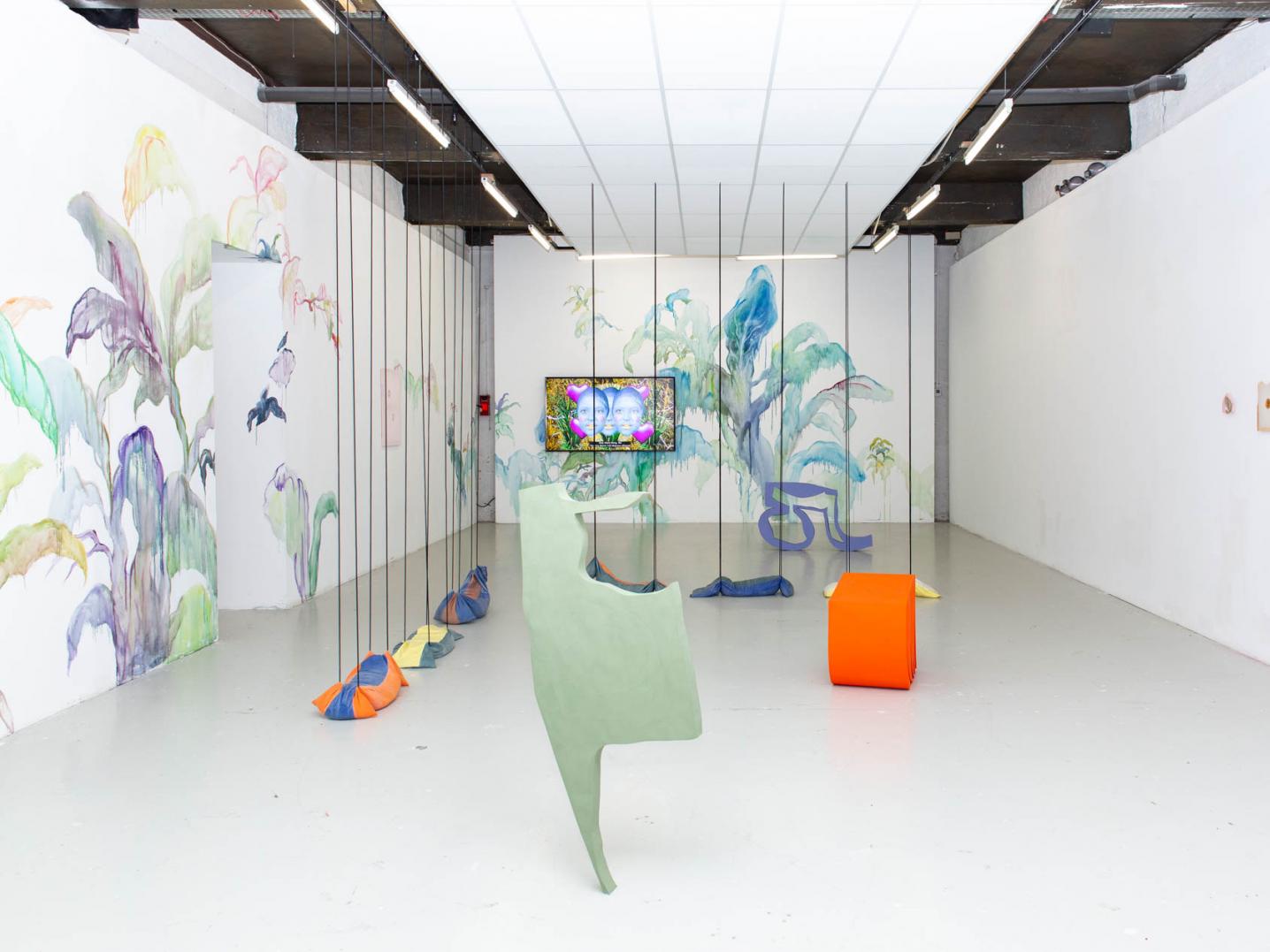
Nanda Janssen in Paris – how did that happen? You are an art critic and curator, you work for the Dutch Embassy in Paris, and you do many other things besides. So please introduce yourself in your own words.
“It actually all started with residencies, our topic for today. I did two in Paris, the first one was in 2014 at Cité Internationale des Arts, subsidised by the Mondrian Fund. From 2007 onwards I visited Paris very often, on my own initiative and with my own budget. I started writing about what I saw in Paris for the art magazine Kunstbeeld, and I started organising exhibitions with French artists in the Netherlands. At a certain point, I wanted to professionalise my knowledge of the Parisian art world and I successfully applied for the Atelier Holsboer residency at Cité Internationale des Arts. At around that time, the Mondrian Fund had changed its policy to also open the residency for critics and curators, before that it was only open to artists.
The residency lasted 10 months and I would have loved to stay in Paris after that, but it is a very expensive city and not easy to find a place to live. So I went back to the Netherlands for one year and worked very hard to save money, and then I applied directly to Cité and was accepted again, while separately applying to the Mondrian Fund for funding. I stayed there for a year, got to know the Parisian scene very well, wrote many articles and developed exhibition proposals. At the end of the residency, I was confident enough to stay and find an apartment. I won’t lie, it was very difficult at the beginning.
Since my first residency, I had been in touch with the cultural attaché from the Dutch embassy, since we had the same mission, namely to reinforce ties between the Netherlands and France in terms of art. We started a dialogue, and I would often send him information about artists based in the Netherlands who happened to have exhibitions in France. This gave the attaché the idea to task me with promoting the presence of Dutch artists in France. He offered me a contract for one year, and I've been working for the embassy for 5 years now."
You know a lot about French residencies. Can you highlight a few AiR’s that you think are particularly interesting?
"In the Netherlands, everyone knows Atelier Holsboer and the Van Doesburg house in Meudon, because they are funded by the Mondrian Fund. Far less known is that you can also apply directly to Cité Internationale des Arts. The residency doesn’t offer funding, but you can look for that elsewhere. Actually, la Cité also works with Art Explora and they reserve a few studios in the Montmartre district. You receive funding for your personal needs and an artistic fee. They offer two programmes: for a single artist (6 months), and duos (3 months). The duos can also consist of artists and scholars, thinkers etc. It is meant for artists who are focused on engaging with society, and it gives a lot of visibility."
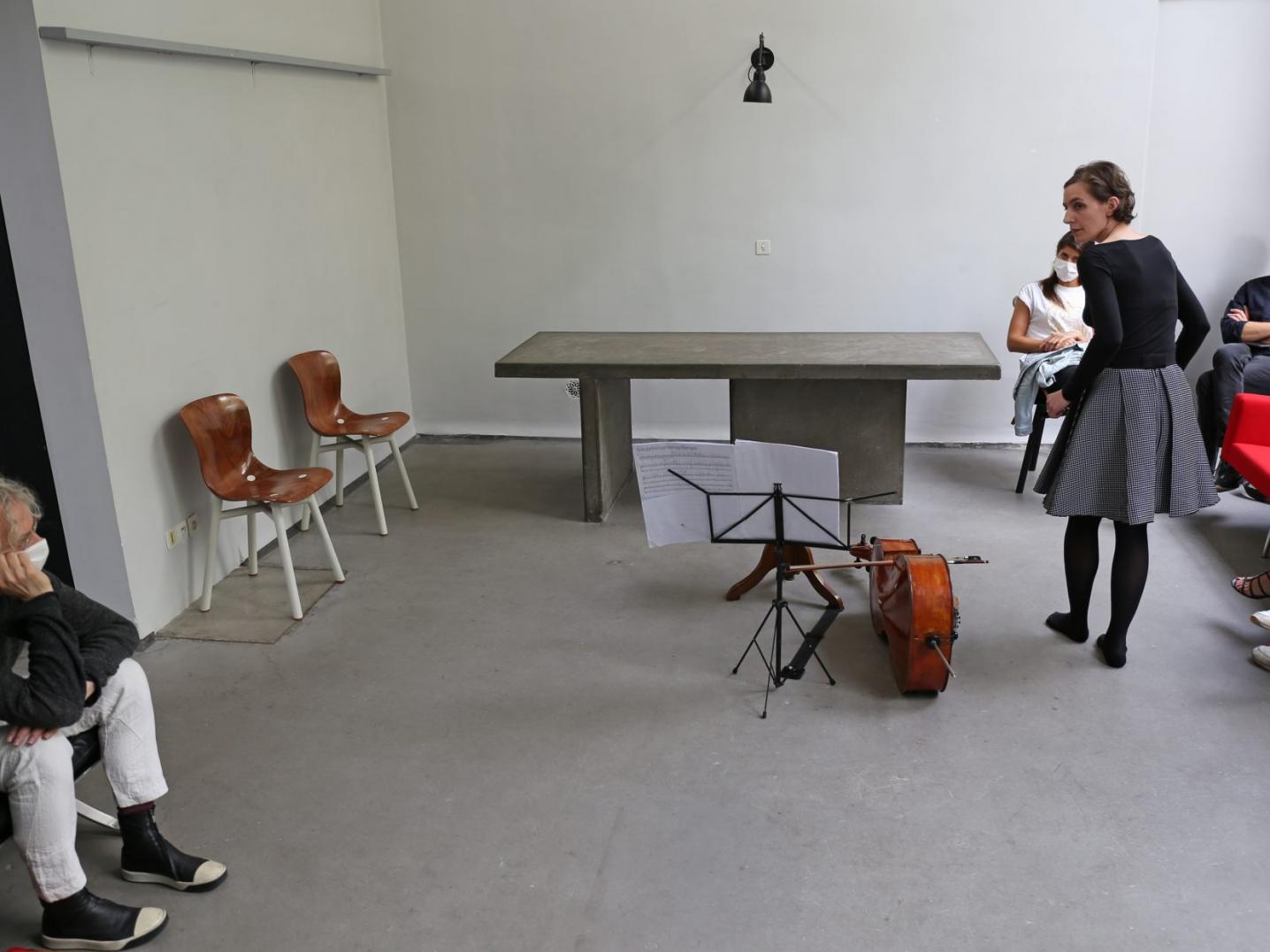
"I would like to say a few words about the Van Doesburg house, because a lot of artists still think it is just for a one-year stay through the Mondrian Fund, but in fact, the policy changed a few years ago. It is now an interdisciplinary residency that also welcomes writers, theatre makers, dancers, musicians and other disciplines, and the duration of the residency is variable. It is funded by five funds in the Netherlands: the Mondrian Fund, the Dutch Foundation for Literature, the Creative Industries Fund NL, the Netherlands Film fund, and the Performing Arts Fund. It is a great place to stay because you are living in a special house that is part of art history. It even has a guest room so you can receive friends, meaning you can create some dynamics. For the rest, Meudon is a quiet village, which allows you to focus on your work.
Fiminco is another residency in Paris worth mentioning, situated in Romainville. Fiminco is the name of a project developer who is developing a suburb that was once dominated by a pharmaceutical factory. They are also creating a cultural infrastructure in this area. For example, they invited a few good galleries from Paris to move there, as well as the depot of art institute Frac and the Parsons School of Art. Each year, 14 international artists are selected to stay for 11 months. Their current open call for artists is with a deadline on April 6. There is also an open call for a curator, for a 6-month stay to create an exhibition in the adjacent building. It is like a mini Turbine Hall where temporary exhibitions are held. For the artist it is interesting because you are there with a group and you have your studio on the ground or first floor, while on the upper floors are the living areas with communal kitchen and shared spaces. There are also workshops for graphic arts, metal, photography, etc., and it is very well equipped.
We also shouldn’t forget the smaller residencies, run by artists in Paris. Sometimes it is a prerequisite to speak French. Le Wonder is an artist-run initiative that offers a short residency, often one month, and it offers only a studio, so no living quarters. A grant of € 850 is available, plus you can use all the equipment they have, and there is a lot. It is a big community of artists, a bit punk, underground, DIY scene. The residency is also open for researchers and curators. DOC is also an artist-run space, located in a former school. This space was squatted and many Parisian artists have a studio there. Until the pandemic they offered residencies for theatre, ceramics, post-production etc. Unfortunately they stopped the residencies and it’s uncertain whether they will start again. This is often the case with smaller initiatives, who are more vulnerable and dependent on the energy and time of the residing artists."

"However, France is much bigger than Paris! One that I would really recommend is Triangle – Astérides in Marseille, located in a former tobacco factory. It is a bit rough on the edges with graffiti everywhere but very welcoming. For example, people from the neighbourhood play basketball there or they come with their children – it is very multicultural.
The building contains several beautiful spaces that are programmed by various organisations, two restaurants, and a lot of local cultural organisations have their offices there. Triangle – Astérides offers international artists a studio in this former factory and an apartment close to the old harbour. Up to three artists are welcomed at the same time and the programme is tailor-made for each individual artist. It can be a research residency, and alumni are often invited to participate in their exhibitions or publications.
Atelier Calder is another interesting residency, located in the house of an artist. It is in Saché at Alexander Calder’s studio and home, designed by the artist himself. Artists can stay there for 3 months, they receive a stipend and a grant for production costs. The current open call has a deadline until 9 April."

"40mcube in Rennes is an art institute with a strong exhibition programme, both French and international. Their residency programme, called Generator, has existed for 10 years now, and the current deadline is 26 March for artists and 26 April for curators. They have programmes for artists (7 months) and for curators (1 month). You get a studio, a grant, and meetings with art professionals. For curators it’s different, you travel around Brittany meeting artists and professionals, and you are asked to write about the artists taking part in the programme.
Quite a few of the residencies that I mentioned are also for curators, apart from Triangle – Astérides and Atelier Calder. I noticed as a curator that there are fewer opportunities for us, therefore I want to highlight that they do exist. Being a curator or an art critic is a precarious position, and they need residencies as well. The ACROSS residency in Nice by thankyouforcoming is especially intended for curators and critics. During 21 days you get the chance to discover the art scene at the French Riviera and you participate in a programme packed with studio visits, exhibition visits and other meetings with professionals. You are offered a flat, travel expenses are covered, and you receive a grant and per diem.”
What is your insider tip for international artists or curators who want to come and work in France?
“Bring a lot of money! No, I’m joking. Learn the language and jump in at a high level, since social mobility is low. Be adventurous.”
Upcoming exhibitions curated by Nanda Janssen: A Touch of Light at Museum Kranenburgh, Bergen, NL (April 23 - September 17) and Fine Fleur at Omstand, Arnhem, NL (May 7 - June 18).

